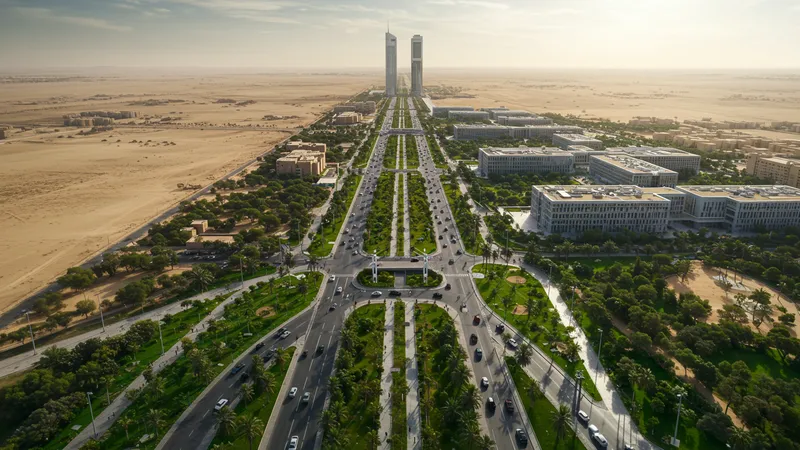
Best Areas To Purchase Homes In Greater Cairo
New Administrative Capital: The Future Beckons
Few places come with as much promise as the New Administrative Capital (NAC). A vision of President al-Sisi’s administration, this area is slated to be Egypt’s innovative nucleus. Its proposition sounds lofty — a self-sufficient city designed to alleviate Cairo’s historic congestion — but here’s where it gets captivating.

NAC is not just a plant in the desert; it’s a sweeping testament to futuristic urbanism. Imagine wide boulevards lined with solar-powered street lights, self-sustaining public services, and an eco-friendly layout that makes green cities feel outdated. Its very fabric is a challenge to conventional city paradigms.
The heart of NAC promises not just government buildings but an elite ministerial district, supported by high-end residential quarters and themed resorts. It’s a home run for high-profile professionals and speculators seeking strategic investments.
Developers boast intelligent building technology pushing the envelope of sustainable living. But what’s already piquing global attention are the smart city’s comprehensive transport links, projected to set new benchmarks for connectivity. Could this be the city-longing solution? Let’s break it down further.